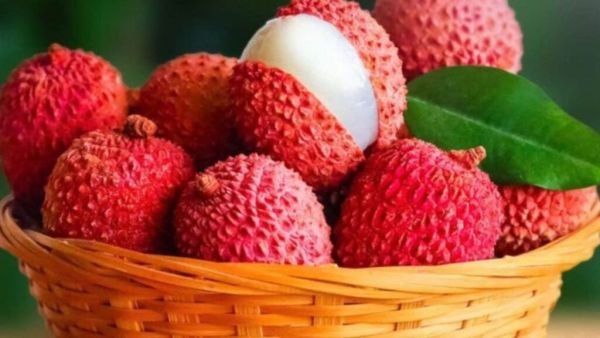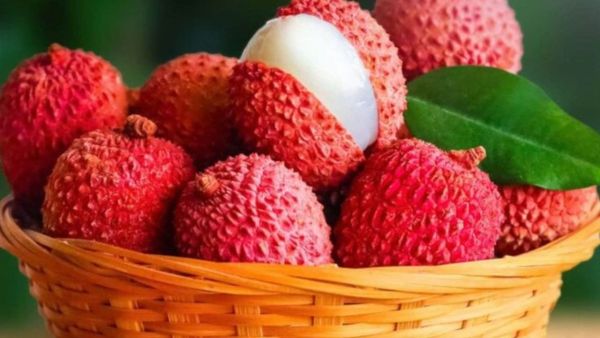

New Delhi: The summer season welcomes a lot of fresh and seasonal fruits that are available in the market, such as mangoes and litchis. While we all love eating these fruits, one thing that has become a hassle these days is knowing if the produce is fake or real. Market produce may sometimes use chemicals or pesticides that can harm the consumer and may even cause death due to the high content of chemicals in it. It becomes necessary to know if the fruit you are consuming is real or fake.
Litchis are available in abundance in the market these days, and it becomes difficult to know if they are real or are being sold with the use of chemicals. There are several tests and observations which can save time and help you know the real deal. This article will help you identify the real litchis and help you not to pick the ones that are not good for health and consumption. Check here to know how you can spot real vs fake litchi.
1. Check the Skin Texture
2. Observe the Colour
3. Smell the Fruit
4. Cut and Check the Pulp
5. Taste Test
Spotting fake litchis isn’t complicated once you know what to look for. Always check for natural texture, smell, uneven colouring, and taste before consuming. While attractive litchis may catch your eye, it’s better to rely on the subtle signs of natural ripeness rather than appearance alone. By staying aware and informed, you can protect your health and enjoy the real, nutritious taste of this delicious summer fruit.